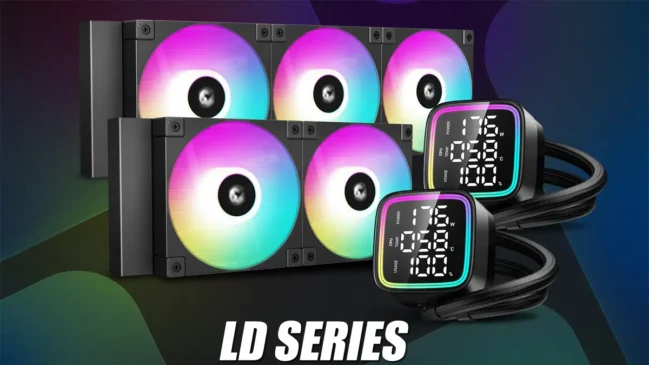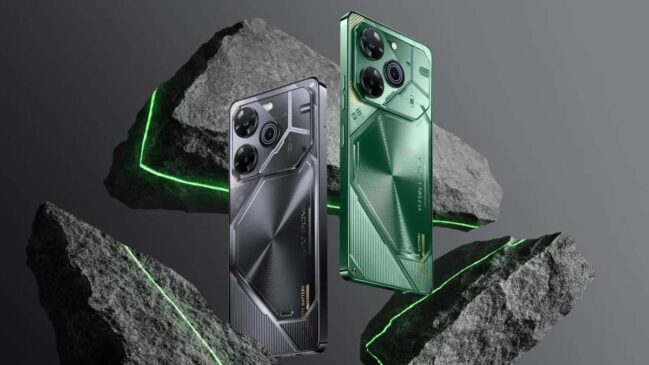
As most of you have heard, AMD plans to release its new gen Polaris graphics card around September this year. It will compete with Nvidia’s to-be-launched next gen Pascal products for market share. Will Polaris cards help AMD to claw back the GPU market share it has lost to Nvidia over the years?
NVIDIA recently announced that it will demo its much-awaited Pascal graphics cards at the company’s GTC conference, which is to be held from April 4-7, gossip has started among AMD investors whether the company’s upcoming Polaris graphics cards will finally allow it to get back the GPU market share it has lost to Nvidia all this time. Can the Polaris cards help revive the battered AMD stock?
While NVIDIA expects to start shipping Pascal-based products sometime in mid-June, AMD expects to start shipping its first Polaris-based products in mid-July to mid-September. Therefore, NVIDIA may not enjoy a definitive first-mover advantage for its new architecture like it has been the case in the past.
On the technical front, Pascal does appear quite impressive. Pascal-based GPUs will be manufactured using Taiwan Semiconductor’s 16nm FinFET process which will give the GPUs a 2x performance/watt advantage over current 28nm Maxwell GPUs, as stated by NVIDIA. Pascal GPUs will feature a host of other impressive specs including 12 TFLOPs of computing ability, 1TB/s of memory bandwidth, and 32GB of High Bandwidth Memory, or HBM. Nvidia adds that the GPUs will be able to support its NVLink high-speed interconnect.
But AMD’s Polaris will not back down in this case either. Polaris GPUs will be manufactured using GlobalFoundries’ 14nm FinFET process with twice the performance over current Radeon GPUs. AMD has indeed demonstrated that Polaris is significantly more energy efficient than Nvidia’s mid-range GTX 950 graphics cards by a margin of almost 40%. Apart from that, little else is known about the specifications of the two competing GPUs.
AMD is already making claims that Polaris offers much better performance than Nvidia’s popular graphics cards is a shot at Nvidia because Nvidia has traditionally been highly dominant in the mid-range and high-end segment of the market where margins are fatter. And that’s not all, AMD says that Polaris represents the most revolutionary jump in performance by the company. AMD’s Fury X graphics cards managed to grab back about 1% market share from Nvidia despite having been in acute short supply. Polaris should be quite opposite to that. At this point, the jury is still divided on whether AMD’s Polaris or Nvidia’s Pascal will steal the show when the graphics cards hit the market a couple of months from now.
AMD is very optimistic that 2016 will feature the company’s strongest product portfolio in a long time. So AMD will be pinning its hopes on Polaris to drive a wave of new interest in its graphics cards and PC segments. If Polaris performs according to expectations, then the AMD stock will receive a new lease in business.






